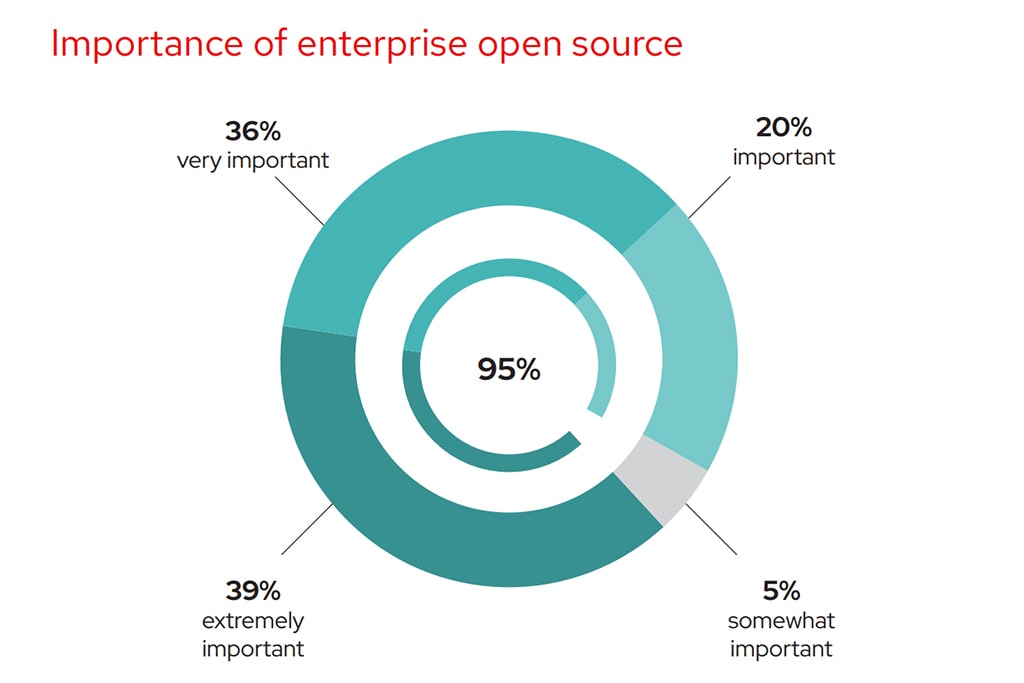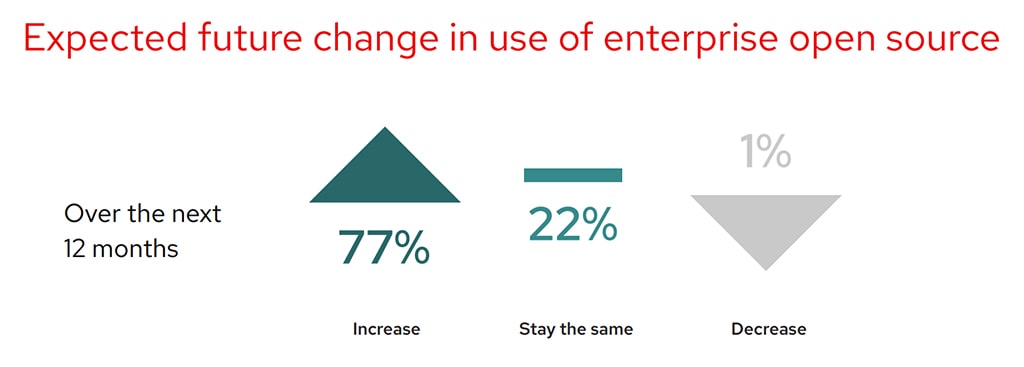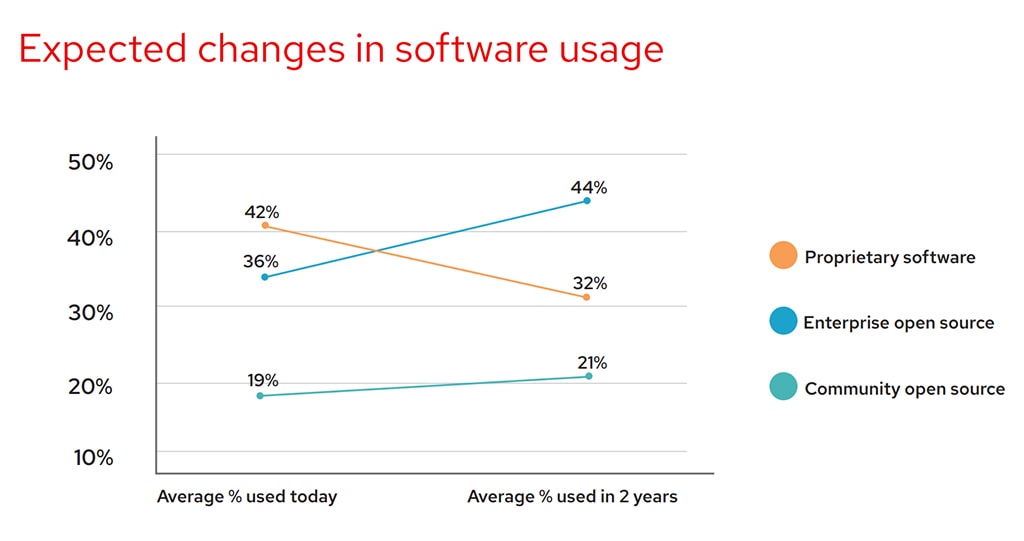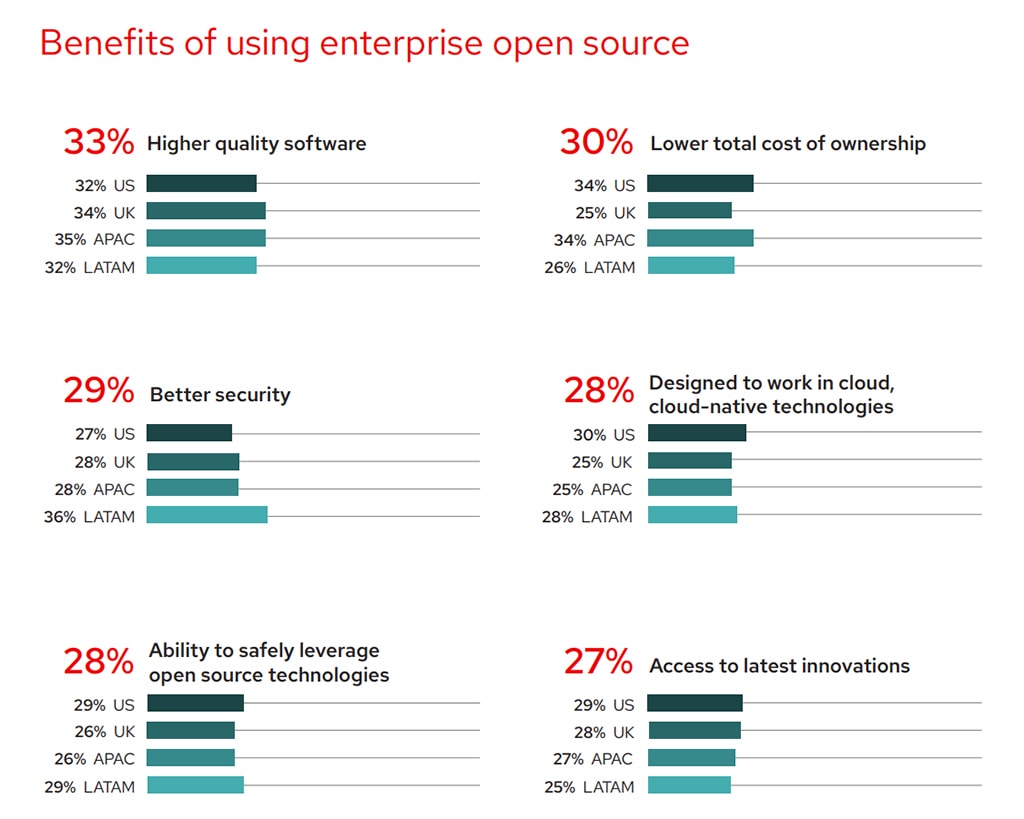Share this Post
Open source software rarely receives the kind of attention commonly lavished on the latest hot new thing to emerge from Silicon Valley. Yet, as part of the open source community, and having been developing our metasfresh ERP software non-stop with open source components since 2006, we know the true power of open source and what it means for the modern enterprise.
And so, we ask you — have you ever tried to imagine the world without open source?
Believe it or not, without open source, there would be no Google, Facebook or Amazon — at least, not as we know them today. There would be no Android, and no iOS. No Slack, no Medium, no SAP — nor much of anything else. „Without open source, the modern world would not exist,“ says Executive Director of the Eclipse Foundation, one of the most important platforms for the development of open source software, Mike Milinkovich. „The business models of large cloud providers such as Amazon, or even those of Facebook, Google and Twitter, would not work without open source software.” Since 2009 at the latest, says Milinkovich, open source software has been of fundamental strategic importance for the entire industry.
The Growing Importance of Open Source
It’s true. Though consumers probably don’t realise that they’re interacting with open source software every time they book a flight, make a phone call, or withdraw cash from an ATM, enterprises do — and like us here at metasfresh, they are increasingly aware that open source is driving the future of software.
In a recent report by Red Hat — leading open source enterprise software developer, acquired by IBM in 2019 for $34 billion — it was found that out of 950 IT leaders from around the world, a massive 95% said that open source was strategically important to their organisation’s overall enterprise infrastructure software strategy.

Fig. 1: Importance of enterprise open source. —Source: redhat.com
Given this result, it’s hardly surprising that these same IT leaders have ramped up their use of enterprise open source software and expect this to continue. Indeed, over the next twelve months, most — 77% — intend to increase their use of enterprise open source, with just 1% expecting to decrease their usage.

Fig. 2: Expected future change in use of enterprise open source. —Source: redhat.com
Why is so much attention being paid to open source at present? After all, it was only a few years ago that open source was viewed with a certain amount of scepticism, particularly from investors. All of a sudden, however, along with IBM’s acquisition of Red Hat, we’ve also seen MuleSoft acquired by Salesforce for $6.5 billion, while other open source companies like MongoDB and Elastic are now worth billions.
The answer, of course, lies in the facts revealed by the Red Hat report — open source software increasingly powers the modern enterprise and is becoming more and more important for IT leaders around the globe. But it hasn’t always been this way.
The Evolution of Open Source
For many years, open source projects existed as kinds of “revolutions” against the stranglehold that companies like Microsoft, Oracle, and SAP had on their respective software markets. Many developers didn’t believe that these companies’ products were world-class, but with deep pockets they dominated, and were able to control the market. So, developers started banding together to author great alternatives — beginning with operating systems and databases — through an open source model. Everyone could see the code, and could add to, improve and enhance it.
Linux is perhaps the most famous open source project to have emerged from those days — and is now a core part of our day-to-day lives. Android is based on Linux, it runs on operating systems in servers and PCs around the world, and is the base of many public and private clouds, including Google and Amazon. Even Microsoft — whose co-founder Bill Gates helped push through the licensing model for software, and whose long-time boss Steve Ballmer even called Linux a „cancer“ — relies heavily on open source components, standards and tools. In 2018, Microsoft even acquired the open source platform GitHub for $7.5 billion.
So, what are the benefits of open source software, and why are enterprises so keen to adopt it?
The Benefits of Open Source Software
Proprietary or closed source software has source code that only the person, team or organisation who created it can modify. In other words, proprietors have exclusive control over the software, and only they can legally copy, inspect and alter it. In order to use proprietary software, users — be they consumers or enterprises — must sign a licensing agreement confirming that they will not do anything with the software that its authors have not expressly permitted.
This can present some serious limitations for enterprises who have specialised needs which often aren’t addressed by the generic feature sets of proprietary, off-the-shelf products.
And here is where open source software is different. Authors of open source make the software’s source code available to anyone to view, copy, learn from, share, and alter. Users must still accept the terms of a licence, but they are usually able to use the software for any purpose they wish. Collaboration and community are indeed fundamental to open source projects. It is the community who points out shortcomings, makes enhancements and asks for improvements — and great software results.
Enterprise open source software today can — and increasingly does — take the place of proprietary software for many different purposes, including ERP. In fact, Red Hat’s report reveals that the use of proprietary software is plummeting. Down from 55% last year, the study finds that just 42% of the software enterprises use today is proprietary, and two years from now it will stand at just 32%. Enterprise open source software usage, meanwhile, is headed in the opposite direction — expected to rise from 36% to 44% over the next two years.

Fig. 3: Expected changes in software usage. —Source: redhat.com
As companies seek to push through their digital transformation projects to create new services, new opportunities, and new efficiencies for their businesses, they need software that’s as flexible, powerful and secure as it is cost-effective, customisable and innovative. Open source ticks all of these boxes. And the top two benefits of using open source software cited by Red Hat’s survey respondents? “Higher quality software” and “lower total cost of ownership”. No wonder adoption is growing.

Fig. 4: Benefits of using enterprise open source. —Source: redhat.com
Power Your Digital Transformation with metasfresh Open Source ERP
„The power of open source shows when you create something together,“ says Mike Milinkovich. Indeed, it does. It’s why open source has permeated the business world, why enterprises are increasing adoption, and why we here at metasfresh have been dedicated to building and providing a powerful open source ERP that is fast and easy to use for the past 14 years.
With complete vendor-independence and freedom from licencing, ready access to community development resources, the ability to customise and modify at will, and full control of updates, security and maintenance, metasfresh open source ERP is built to support digital transformation and fuel corporate growth. Our mission is to enable each and every company to access a powerful ERP system — and open source is and has always been the best way to do it. Get in touch today to talk to us and find out more about what our open source ERP can do for your business.
Share this Post



